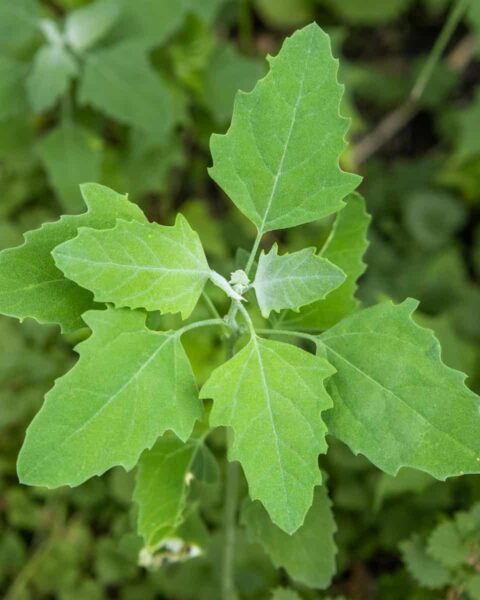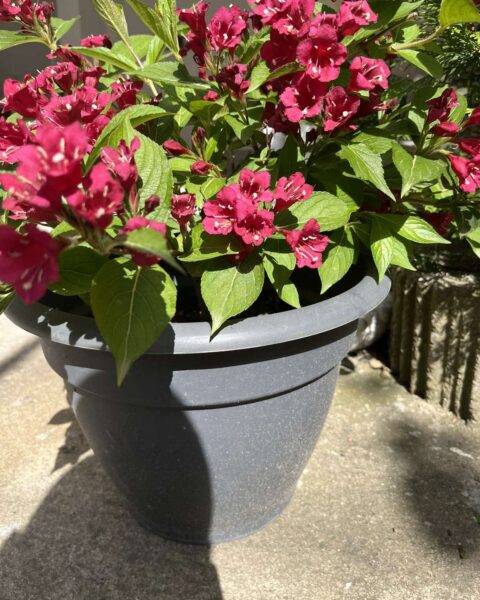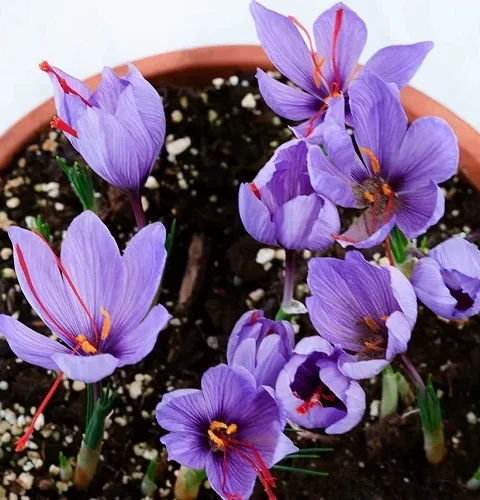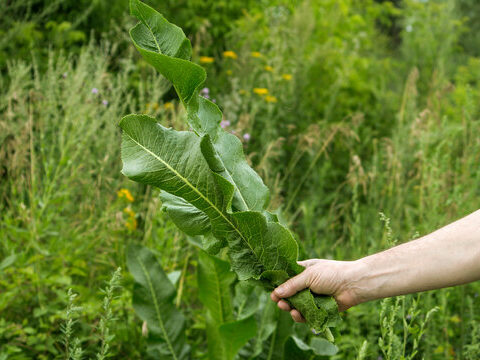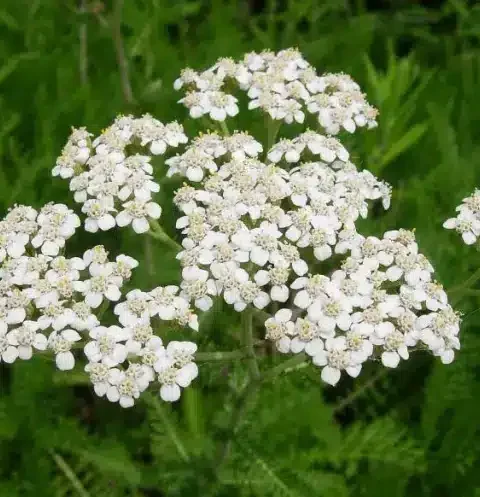In the realms of traditional and modern wellness practices, the employment of botanical remedies has garnered increasing attention. Among the myriad of plants celebrated for their medicinal properties, Malva Neglecta and Malva Sylvestris, commonly known as common mallow, stand out for their versatile applications in promoting health and well-being.
Traditional Roots:
Malva Neglecta and Malva Sylvestris have been integral components of traditional medicine systems for centuries across various cultures worldwide. Historically, these plants have been revered for their diverse therapeutic properties, ranging from soothing gastrointestinal discomfort to alleviating respiratory issues.
In traditional herbalism, Malva Neglecta and Malva Sylvestris are commonly utilized in the form of infusions, tinctures, poultices, and teas. These preparations are believed to possess anti-inflammatory, antioxidant, and antimicrobial attributes, making them valuable allies in combating a spectrum of health ailments.
Malva Neglecta specifically has been utilized traditionally to address skin conditions such as eczema and psoriasis due to its emollient and anti-inflammatory properties. Additionally, it has been employed as a demulcent to soothe sore throats and alleviate coughs.
Malva Sylvestris, on the other hand, has been revered in traditional medicine for its potential to alleviate digestive discomfort, such as indigestion and gastritis. Furthermore, it has been used topically to promote wound healing and relieve skin irritations.
Modern Revival:
In recent years, the resurgence of interest in herbal remedies has propelled Malva Neglecta and Malva Sylvestris into the spotlight of modern wellness practices. With an increasing emphasis on natural alternatives to conventional medicine, these botanicals have found their way into contemporary herbal formulations, dietary supplements, and skincare products.
Modern scientific research has begun to validate many of the traditional uses of Malva Neglecta and Malva Sylvestris. Studies have indicated their potential as anti-inflammatory agents, antioxidants, and immune modulators, affirming their efficacy in promoting holistic well-being.
In modern herbalism, Malva Neglecta and Malva Sylvestris are often integrated into formulations aimed at supporting digestive health, managing inflammatory conditions, and enhancing skin vitality. Their gentle yet effective nature makes them suitable for individuals seeking natural remedies with minimal side effects.
Practical Applications:
Incorporating Malva Neglecta and Malva Sylvestris into one’s wellness routine can be achieved through various means. Herbal teas made from the leaves and flowers of these plants offer a convenient way to enjoy their therapeutic benefits while promoting hydration and relaxation.
Topical applications of Malva-infused creams, lotions, or ointments can help soothe irritated skin, reduce inflammation, and accelerate the healing process for minor wounds or skin conditions. Additionally, incorporating Malva extracts into dietary supplements or herbal tinctures can support digestive health and overall immune function.
Conclusion:
The journey of Malva Neglecta and Malva Sylvestris from traditional remedies to modern wellness practices underscores the enduring significance of botanical medicine in promoting health and vitality. Whether utilized in time-honored traditions or embraced within contemporary holistic approaches, these plants continue to offer a natural pathway towards wellness for those seeking harmony between body, mind, and spirit. As the awareness of their therapeutic potential grows, Malva Neglecta and Malva Sylvestris are poised to remain integral components of the herbal apothecary for generations to come.

